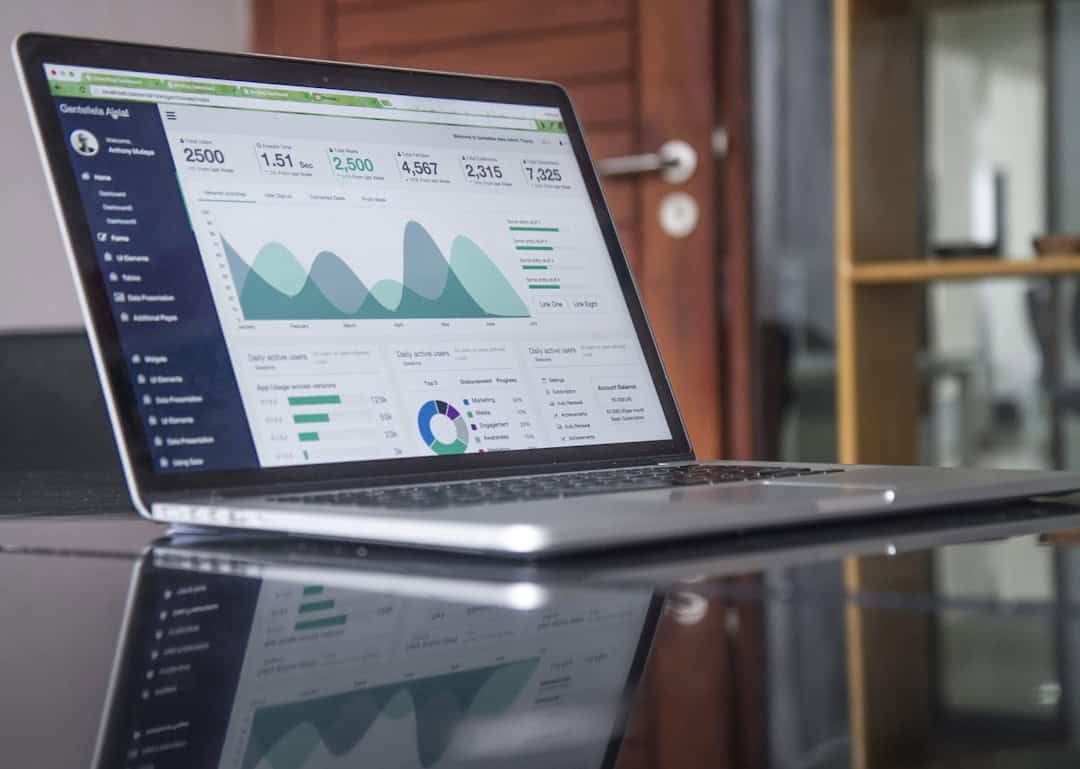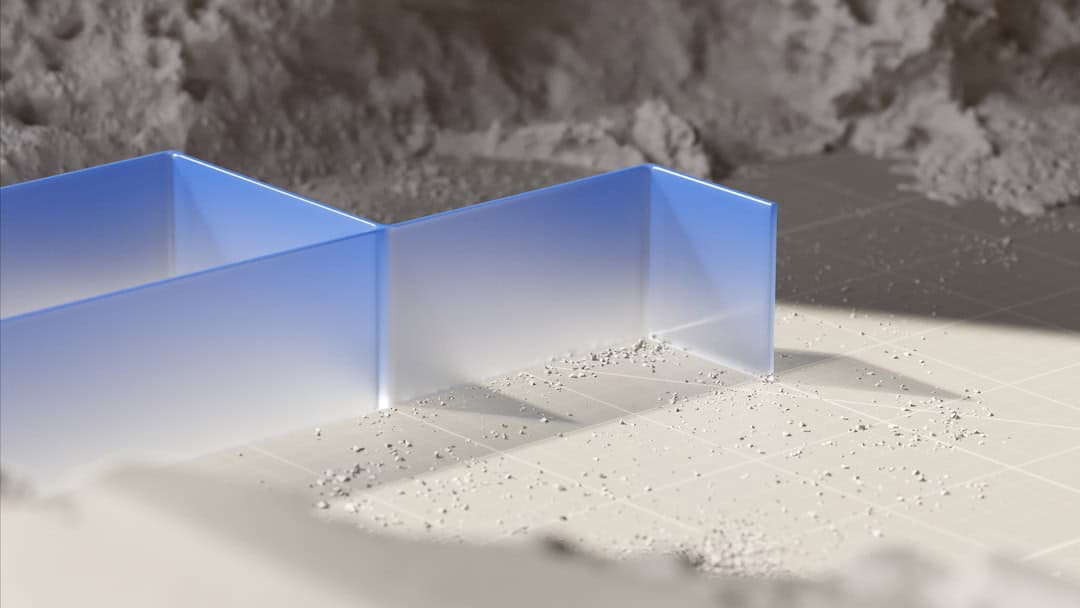Category: AI
-

Unlocking the Power of NLP Deep Learning
Natural Language Processing (NLP) is a branch of artificial intelligence (AI) that focuses on enabling computers to understand, interpret, and generate human language. NLP deep learning is a specialized area within NLP that utilizes neural networks with multiple layers to process and analyze natural language data. Deep Learning, a subset of machine learning, employs complex…
-

Unlocking AI, ML, and Deep Learning Potential
Artificial Intelligence (AI) is a field of computer science focused on creating intelligent machines capable of simulating human cognition and behavior. This discipline involves developing algorithms that enable machines to perform tasks traditionally requiring human intelligence, such as visual perception, speech recognition, decision-making, and language translation. Machine Learning (ML), a subset of AI, concentrates on…
-

Exploring the Power of AWS Deep Lens
AWS DeepLens is a deep learning-enabled video camera designed for developers to create and implement custom machine learning models. It is marketed as the first video camera specifically built for developers to explore Deep Learning applications. The device is powered by Amazon Web Services (AWS), which provides a suite of machine learning tools and services…
-

Exploring the Power of DNNS in Modern Technology
Deep Neural Networks (DNNs) are advanced artificial neural networks consisting of multiple layers of interconnected nodes or neurons. These networks are designed to emulate the structure and functionality of the human brain, enabling them to process complex data and learn from it in a manner similar to human cognition. DNNs have become integral to modern…
-

Unleashing the Power of Deep Convolutional Networks
Deep Convolutional Networks (DCNs) are a specialized type of artificial neural network that have significantly advanced the field of artificial intelligence. They excel in various domains, including image recognition, object detection, natural language processing, medical imaging, and autonomous vehicle technology. DCNs are designed to emulate the human brain’s visual processing mechanisms, making them particularly effective…
-

Unleashing the Power of Deep Convolutional Neural Networks
Deep Convolutional Neural Networks (CNNs) are a type of artificial intelligence algorithm that has significantly advanced the field of computer vision. These networks are designed to process and analyze visual data, making them highly effective for tasks such as image recognition, object detection, and image classification. CNNs have become essential components in many modern technologies…
-

Revolutionizing Industries with AI, ML, and DL
Artificial Intelligence (AI), Machine Learning (ML), and Deep Learning (DL) are interconnected fields within computer science that focus on creating intelligent systems capable of performing tasks traditionally requiring human intelligence. AI encompasses the broader goal of developing machines that can learn, reason, solve problems, perceive, and understand language. ML, a subset of AI, concentrates on…
-

Unlocking the Power of Neural Networks and Deep Learning
Neural networks are a key component of artificial intelligence and machine learning. These algorithms, inspired by the structure of the human brain, are designed to identify patterns in data. They process and interpret various types of input, such as images, sound, text, or time series, by converting them into numerical vectors. Neural networks excel at…
-

Master Deep Learning with Coursera
Deep learning is a specialized branch of artificial intelligence (AI) that focuses on training computer systems to learn and make decisions using vast amounts of data. This approach is inspired by the human brain’s structure and function, utilizing neural networks that simulate neuronal interactions. In recent years, Deep Learning has garnered significant attention due to…
-

Advancing AI: Machine Learning and Deep Learning
Artificial Intelligence (AI) is a field of computer science focused on creating intelligent machines capable of performing tasks that typically require human intelligence. Machine learning, a subset of AI, develops algorithms enabling computers to learn from data and make predictions or decisions. This is accomplished through statistical techniques that allow machines to improve their performance…
-

Unlocking the Power of Natural Language Processing
Natural Language Processing (NLP) is a branch of artificial intelligence that focuses on the interaction between computers and human language. It involves developing algorithms and models that enable computers to understand, interpret, and generate human language effectively. The importance of NLP has grown significantly in recent years due to the exponential increase in unstructured data,…
-

Building a Sentiment Classifier in Python
Sentiment analysis, also referred to as opinion mining, is a computational technique that combines natural language processing, text analysis, and linguistic computation to identify and extract subjective information from textual data. The primary objective of Sentiment Analysis is to ascertain the emotional tone or sentiment expressed in a given text, categorizing it as positive, negative,…
-

Unlocking the Power of Recurrent Neural Nets
Recurrent Neural Networks (RNNs) are a class of artificial neural networks designed to process sequential data. They are characterized by their cyclic connections, which allow them to exhibit dynamic temporal behavior. This architecture makes RNNs particularly effective for tasks involving time series data, natural language processing, and speech recognition. A key feature of RNNs is…
-

Enhancing Computer Vision with Deep Learning
Computer vision is a branch of artificial intelligence that focuses on enabling computers to interpret and understand visual information from the world. This field involves developing algorithms and techniques that allow machines to extract meaningful data from digital images and videos, mimicking human visual perception and comprehension. Deep learning, a subset of machine learning, utilizes…
-

Mastering Machine Learning with Grokking
Machine learning and artificial intelligence have become integral parts of our daily lives, from personalized recommendations on streaming services to virtual assistants on our smartphones. These technologies are revolutionizing industries and changing the way we interact with the world. Machine learning is a subset of artificial intelligence that focuses on the development of algorithms that…
-

Advancing AI with Multimodal Machine Learning
Multimodal machine learning is a branch of artificial intelligence that develops algorithms and models to process and understand data from multiple sources, including text, images, audio, and video. This approach allows AI systems to learn from and make decisions based on diverse information, similar to how humans perceive and interpret their environment. By combining different…
-

Mastering Geometry: A Guide to Geometric Learning
Geometry is the branch of mathematics that studies shapes, sizes, and spatial properties. It has applications in engineering, architecture, art, and physics. The fundamental elements of geometry include points, lines, angles, and shapes. Points have no size or shape, while lines are infinite collections of points. Angles form when two rays share an endpoint, and…
-

Enhancing Predictive Analytics with MATLAB Machine Learning
Predictive analytics is a data-driven approach that utilizes statistical algorithms and machine learning techniques to forecast future outcomes based on historical data. This methodology enables organizations to make data-informed decisions, anticipate market trends, and gain competitive advantages in their respective industries. Machine learning, a subset of artificial intelligence, focuses on developing algorithms that can learn…
-

Mastering Reinforcement Learning in Python
Reinforcement learning is a machine learning technique that trains agents to make sequential decisions in an environment to achieve specific goals. Unlike supervised learning, which uses labeled data, or unsupervised learning, which uses unlabeled data, reinforcement learning employs a trial-and-error approach. Agents learn from the consequences of their actions, maximizing rewards and minimizing penalties. This…
-

Unleashing the Power of Hopfield Networks
Artificial Intelligence (AI) has transformed problem-solving and decision-making across numerous domains. Neural networks, computational models inspired by the human brain’s structure and function, are a fundamental component of AI. Hopfield networks, a specific type of recurrent neural network named after John Hopfield, have garnered considerable interest due to their distinctive properties and AI applications. These…
-

Predictive Power: Machine Learning Graphs
Machine learning graphs have transformed data analysis and prediction. These tools utilize machine learning algorithms to visualize and interpret complex data patterns. They can forecast trends, detect anomalies, and facilitate data-driven decision-making. The predictive capabilities of machine learning graphs have impacted various sectors, including finance, healthcare, and marketing. Machine learning graphs excel at processing large,…